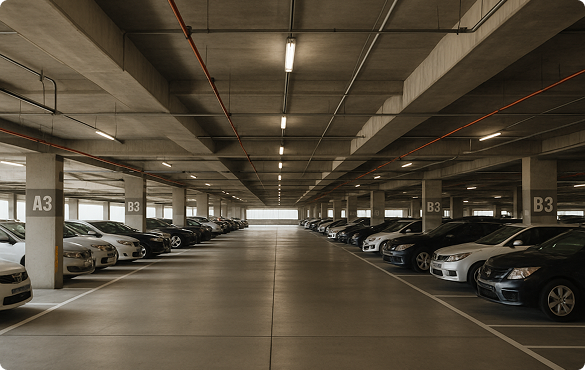
Accurate & Reliable Vehicle Detection in Parking Garages
Optimising vehicle detection, speeding up order processing, and enabling seamless operations for quick-service restaurants and more.

Over 20 Years Experience
within the industry

Over 1 Million Sensors
sold worldwide

Custom Sensor Solutions
Tailored options for specific needs

Extensive Technical Support
5-star rated customer support
Why Vehicle Detection Matters
Parking garages are high-traffic environments where accurate vehicle detection is critical for maximising space, reducing congestion, and improving the customer experience. Many traditional systems struggle with reliability, leading to delays, wasted time, and operational inefficiencies.
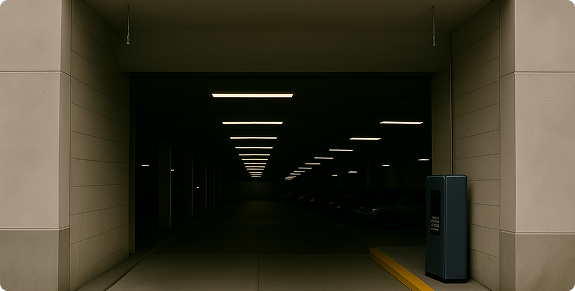
The Smarter Solution: Ultrasonic Sensors for Reliable Vehicle Detection
Ultrasonic sensors take parking garage accuracy to the next level by using sound instead of light. This enables consistent, reliable detection in all conditions — ensuring drivers and systems receive accurate bay status in real time.
-
Works in any lighting or weather condition
-
Instant, accurate detection of parked or exiting vehicles
-
Reduces circling and congestion
-
Energy-efficient and low-maintenance
Smarter Vehicle Detection with Ultrasonic Sensors
Ultrasonic sensors enhance vehicle detection in parking garages by offering real-time accuracy, minimal maintenance, and consistent performance in all lighting and weather conditions—outperforming loop detectors and camera-based systems in reliability and cost-efficiency.
- Performs reliably
- Inconsistent or partially effective
- Fails to meet requirement
Overcoming Parking Garage Challenges with Ultrasonic Sensors
Parking facilities struggle with space management, traffic flow, and detection accuracy. Ultrasonic sensors help optimise occupancy tracking, reduce circling, and enable better driver guidance.
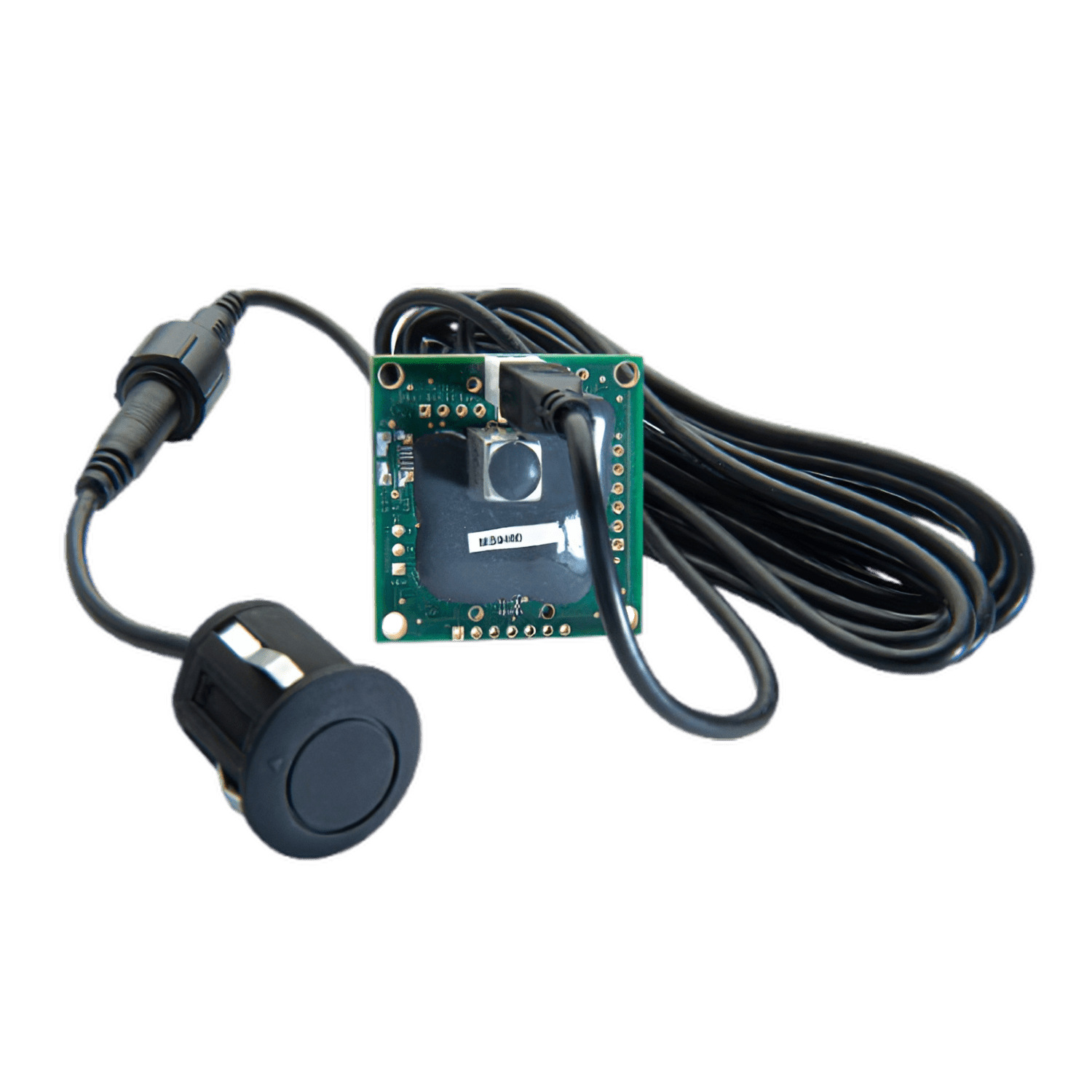
Vehicle Detection Ultrasonic Sensor — 5 m Range, 1 cm Resolution
$79.65
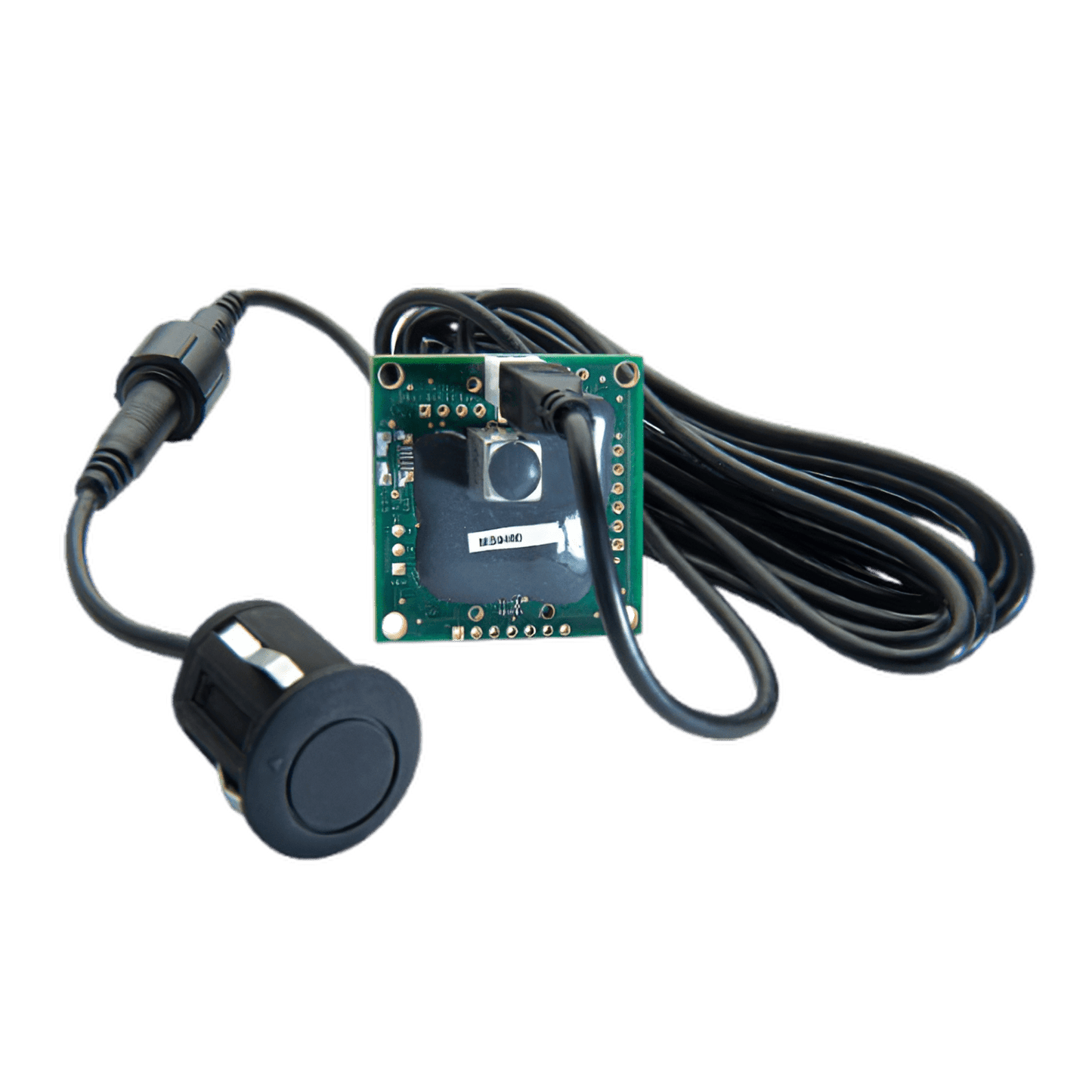
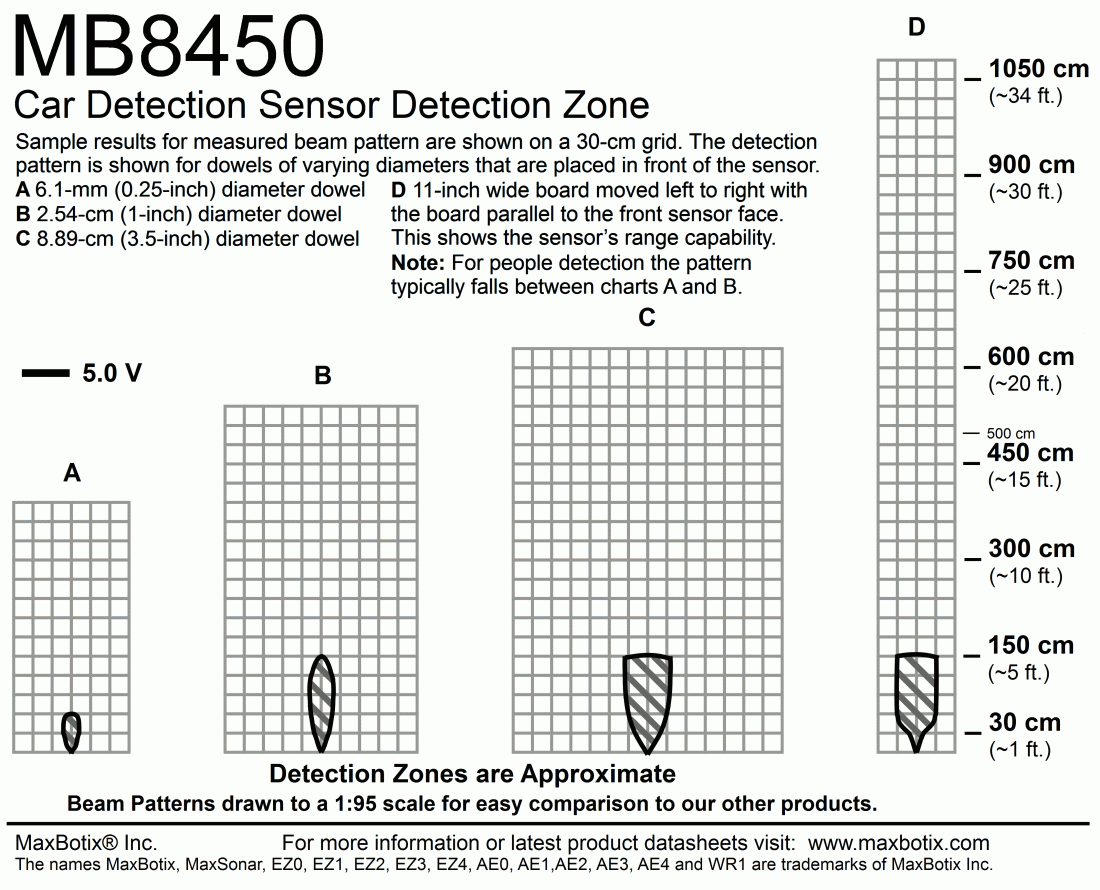
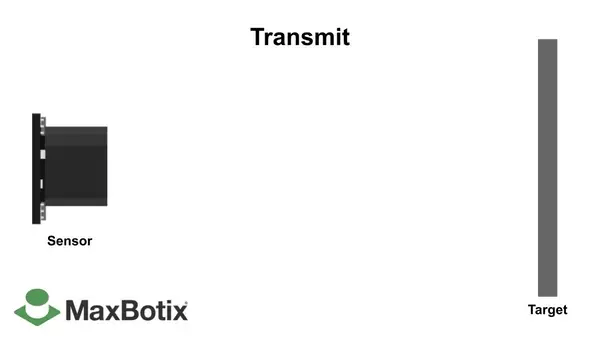
How Ultrasonic Sensors Work: The Technology Behind the Detection
To truly understand why ultrasonic sensors outperform traditional methods, let’s dive into how they work:
How Ultrasonic Sensors Detect Presence
Ultrasonic sensors use sound waves to detect nearby objects. When the sensor emits sound waves, they bounce back (or echo) after hitting a nearby object or person. The sensor calculates how long it takes for the sound to return, which tells it how far away the object is. When a person steps in front of the sensor, the sound waves return faster, and the kiosk is activated. This technology is precise, reliable, and unaffected by light-based conditions like sunlight or reflections.







